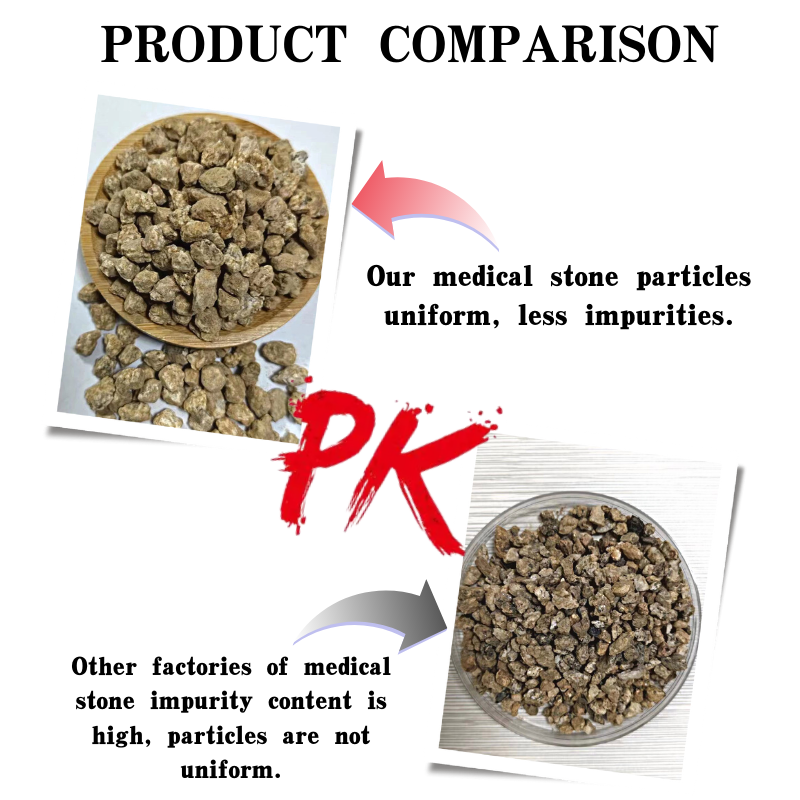
lava pumice stone
The Fascinating World of Lava Pumice Stone
Lava pumice stone, often simply referred to as pumice, is a volcanic rock that has captivated human interest for centuries. Formed when volcanic lava cools quickly, trapping gas bubbles within, pumice is a unique material that boasts a variety of uses, from construction to cosmetics. This lightweight, porous stone is not only a geological marvel but also an enduring part of human culture and innovation.
The formation of pumice occurs during explosive volcanic eruptions, where magma is rapidly expelled and depressurized. As the gas escapes from the molten rock, it creates countless tiny bubbles, resulting in a frothy, lightweight structure. Once cooled, this volcanic glass retains its porous nature, which can range in color from muted grays to rich browns, depending on the minerals present. The aesthetic quality of pumice, combined with its functional properties, makes it an intriguing material for artists, builders, and everyday consumers alike.
One of the most significant uses of lava pumice stone is in construction and landscaping. Due to its low density and insulating properties, it is often incorporated into concrete mixtures to create lightweight aggregates. This not only helps reduce weight in structural applications but also improves thermal properties, making structures more energy-efficient. Additionally, pumice is used in landscaping as a soil amendment. Its porous nature allows it to retain moisture and improve aeration, promoting healthier plant growth. Gardeners and landscapers appreciate pumice for its ability to enhance soil drainage, making it an ideal choice for potting mixes and outdoor plant beds.
lava pumice stone

Beyond construction, pumice stone has found its way into the beauty industry. Its abrasive texture makes it a popular choice for exfoliating skin. In the form of pumice stones, it is commonly used to remove dead skin cells and calluses, providing a natural, eco-friendly alternative to synthetic exfoliants. The use of pumice in personal care products highlights its versatility as both a functional and aesthetically pleasing material. Many people incorporate pumice into their regular skincare routines, appreciating its gentle yet effective exfoliating properties.
Pumice also plays a role in various industrial applications. In the production of ceramics and glass, crushed pumice is often used as a filler or additive to enhance durability and improve workability. Its lightweight properties reduce the overall weight of the final product, which is particularly beneficial in applications where weight savings are crucial. Moreover, pumice is utilized in filtration systems, thanks to its high surface area and porosity, allowing it to effectively remove impurities from liquids.
Culturally, pumice has been used for thousands of years. The ancient Romans famously used pumice in their construction, as evidenced by the remarkable durability of Roman structures that incorporated this volcanic rock. Today, it continues to be a material of choice for artisans who create everything from jewelry to decorative pieces and sculptures.
In conclusion, lava pumice stone is more than just a byproduct of volcanic activity; it is a multifaceted resource that has shaped human endeavors across various fields. From enhancing the structural integrity of buildings to providing a natural skincare solution, pumice exemplifies the intersection of nature and human innovation. As we continue to discover new applications for this remarkable stone, its legacy as a lasting gift from the Earth endures, reminding us of the enduring power of geology and creativity.
Share
-
Premium Glass Sand Solutions | High Purity SupplyNewsAug.03,2025
-
Premium Talcum Powder Enhanced with GPT-4 Turbo | Soft & Long-LastingNewsAug.02,2025
-
Fly Ash Solutions Enhanced by GPT-4 Turbo | Sustainable InnovationNewsAug.01,2025
-
Natural Premium Bentonite Cat Litter - Superior ClumpingNewsJul.31,2025
-
Premium Resin Coated Sand - High Heat Resistance CastingNewsJul.31,2025
-
High Quality Silicon Carbide Grit for Abrasive ApplicationsNewsJul.30,2025






